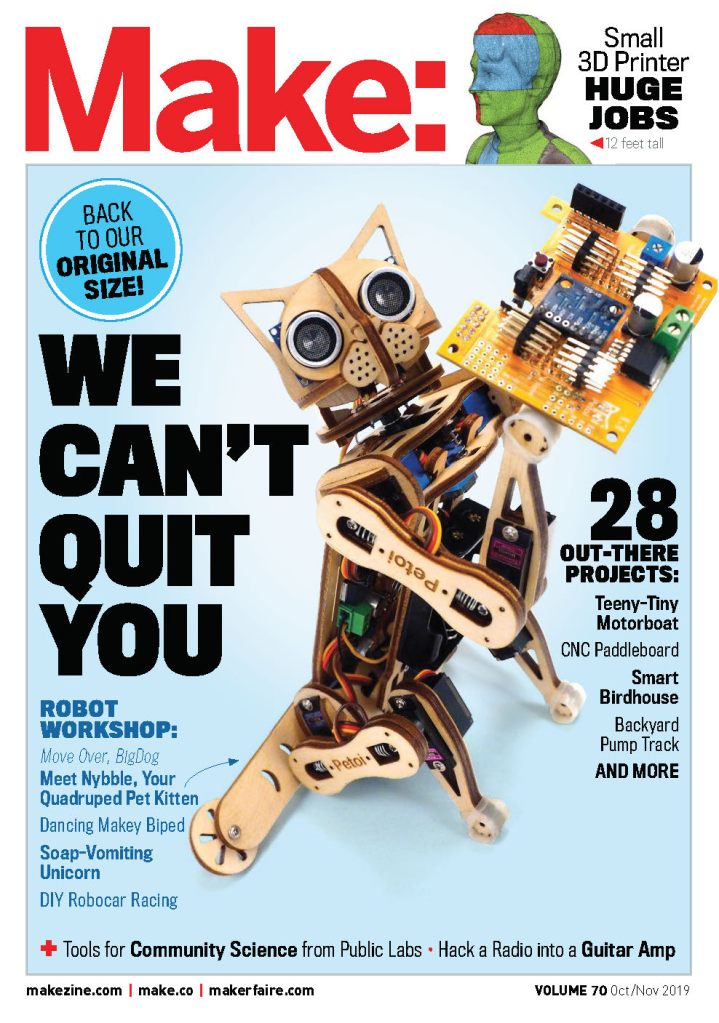DP: Justin Richards
Production Assistant: Chayanit Somsuk
Casts: Chayanit Somsuk, Chris Kim, and Karina Lopez

Social Media without the Internet is a project consists of the interactive wearable and performance art, created to examine human’s sense of touch and their notion of contemporary interacting methods of the popular social media platforms.

The two aspects, the wearable and the live performance, were created to invigorate and inform each other. The interactive part of the wearable functions as a collector to amass data from interactions with participants, while the performance works to make that interaction happen. The wearable is designed as a blazer, an informal suit jacket without matching pants, that looks casual enough to be worn with other street-style clothing.
If perform in the gallery setting, there is live video of the jacket wearer and participants interacting streaming on monitors, which represents the broadcast of interaction between users on social media. However, without the Internet, the live stream operates as a “local area network” only.
Photographer: Eli Joteva
Model: Chris Kim and the artist
The Interactive Functions
There are two principal topics that were parts of the development of Social Media without the Internet that merit in-depth discussion. The first is the result of digital interaction on social media platforms. These results are front-end data that present as numbers to users. Society has known these numbers since the arrival of social media, and by now they have affected everyday human life in many aspects, which I call them “social media data”. The blazer allows 6 methods of interactions: add a friend, unfriend, give a like, dislike, follow the wearer, and following someone. With these interaction methods, the wearable can collect 4 types of data: likes, followings, followers, and friends.
Add friend: Shank hand
Unfriend: Press switch on the left chest
Add Like: Hi-five or click on emoticons
Dislike: Click on ” – ” on the front monitor
Follow: Press on the right shoulder pad
Following: Pull the string below the front monitor then hold hands
Live Performance in Los Angeles
DP: Justin Richards
Production Assistant: Chayanit Somsuk

The performance is a medium of investigation of the way social media’s interactions can be introduced into the real world. In addition to the examination of digital sense on how people perceive social media data in the physical world, the work also examines a common skeptical thought that physical interaction connects people better than the digital communication.
Public Experience

The second principal topic is humans’ common physical interaction among each other. Humans have different ways of interaction using body language based on individual personalities and cultures. However, because of some similarity of expressions, when we cannot communicate in a certain language functionally, this bodily language will be used as a primary communication method. For example, when traveling to a foreign country without fluency in its verbal language, we may notice that we use our hands more to describe something. Body language also involves a sense of touch, so this wearable is purposefully operated with four simple hand gestures: handshaking, hi-fiving, shoulder-tapping, and handholding. However, the actual interactions with viewers/participants are limitless.
Accordingly, the performer is the key to actual communication in the piece. The performer determines what the participants will experience using the sense of touch. Because touching is an intimacy interaction, it involves various conditions of distance, texture, position, gesture, age, and gender. The decision to touch something or someone may need more consideration than the decision to see or to hear, and the environment and location where the performance happens could also be conditions of the interaction’s length of time and of the type of audience. The art scene like, a gallery space, prepares people to be confronted with the unexpected, while people in public places may not expect to interact with such surprises and absurd actions.
However, normal actions of interaction, like using a hand gesture for greeting, are what people in society are familiar with. Social Media without the Internet’s wearable uses four common hand gestures to operate the different pieces. This makes people worry less about whether they should touch the performer or not, since they are used to using these gestures in their daily lives. The only factors they have left in their mind to consider are relationship status, gender, and age. These three factors determine the position of touch and what gestures should be enacted, which are all based on culture perspective.

Shows and Press Mention

Background
“Social Media without the Internet” is part of the research project called “Digital Sense.”

Digital Sense addresses a new additional human sense—the “digital sense” —in a contemporary world where digital technology is a new method of communication in daily life. The project is currently experiments on two research innovations with different human senes: sense of hearing and ability to interpret emotions from audio, and sense of touching.
The research suggests that Digital sense is an organism’s developed intelligent capacity that provides information to perceive contemporary data, which is sharpened by social media. With today’s technology, people have access to a new method of connectivity both to other humans and to machines, which has shown that there are still many perspectives on things that have never been seen or thought of before due to humans’ limitations of perception.
The project proposes that when humans use the digital sense with any of their five traditional recognized senses (according to western philosophy, which classifies human’s basic senses into five categories), they can perceive contemporary data, especially Internet data, by absorption. For example, social media users may have a better understanding of contemporary methods of interaction, such as meme-creating and GIF-searching, hidden text-message meanings, and expressions or content of emoji combinations.
For brief information about another creative innovation in Digital Sense, “Signal Moods,” please click here.


































